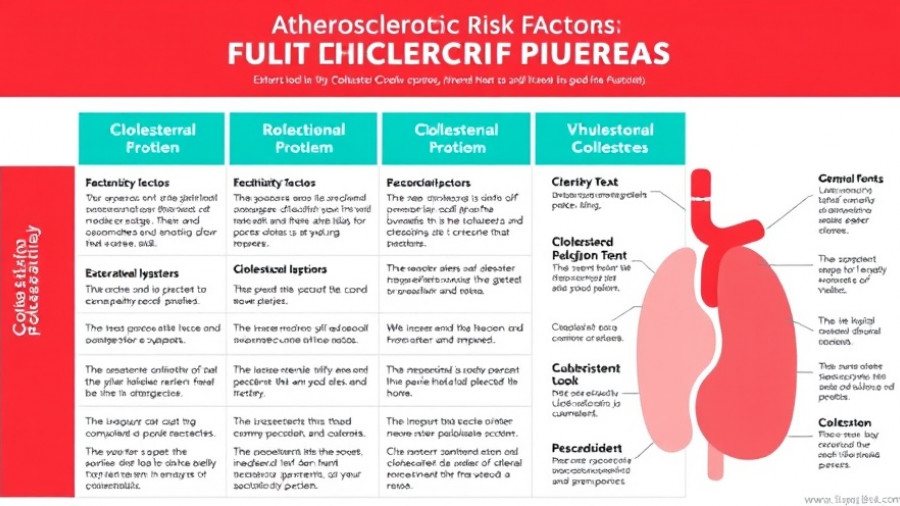
The Hidden Risk of Chlorohydrin: What You Need to Know
If you’re a fan of Bragg’s Liquid Aminos or other hydrolyzed vegetable protein products, you might want to pay attention to an emerging health concern: chlorohydrin and 3-MCPD (3-monochloropropane-1,2-diol). First identified back in 1978, chlorohydrin is a contaminant created during the chemical breakdown of proteins into amino acids through a process called hydrolysis. The process, while effective for flavor enhancement in products like soy sauce, can also produce toxic compounds when residual fats are involved.
Understanding the Health Implications
The implications of consuming products with 3-MCPD contamination can be serious. Research shows potential kidney damage and fertility issues associated with high levels of this chemical in animal studies. While these studies primarily involve rodents, the findings are concerning. Notably, there was a moment when 3-MCPD was even considered for male contraceptive trials due to its effects on sperm production, highlighting its potency but also the unpredictability of side effects observed in test primates.
Regulatory Discrepancies: U.S. Vs. Europe
Currently, Europe has established a more stringent regulatory limit for 3-MCPD in hydrolyzed vegetable proteins, capping it at 20 parts per billion (ppb). In contrast, the United States's guidance level is an astounding 1,000 ppb, which raises alarms among health advocates. The inconsistency in these standards suggests that while some consumers may be fine, those who heavily consume soy sauce and similar products could easily be exposed to harmful levels of 3-MCPD.
Prevalence in Everyday Foods
Interestingly, 3-MCPD isn’t just found in Bragg’s Liquid Aminos. It’s prevalent in various foods, particularly those made with refined vegetable oils such as margarine, pastries, and even infant formulas. One alarming study revealed that nearly 100% of urine samples tested in individuals returned positive for 3-MCPD or its metabolites, showcasing its prevalence as a contaminant.
Mitigation Measures and Consumer Awareness
So, what can concerned consumers do? Staying informed is key. The FDA has been actively monitoring levels of 3-MCPD in food items, especially infant formula, which is crucial for vulnerable populations. It’s also essential to support brands that are transparent about their testing processes and results, as this encourages a culture of safety and accountability in the food industry.
Final Thoughts: Empower Yourself as a Consumer
While the presence of 3-MCPD in some foods is troubling, understanding its impacts and advocating for stricter regulations can empower consumers to make healthier choices for themselves and their families. Being proactive about food safety and making informed decisions is a powerful step toward a healthier lifestyle.
 Add Row
Add Row  Add
Add 




Write A Comment